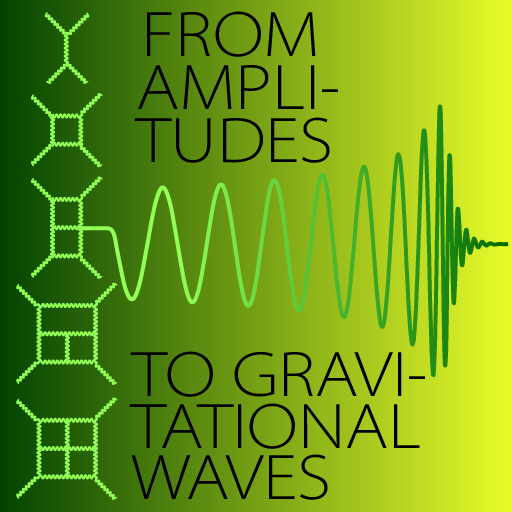Speaker
Description
Much recent work, from an impressively diverse array of approaches, has led to a consensus on results for the conservative dynamics of binary black holes through next-to-leading order in the post-Minkowskian (or post-Newtonian) expansion and through fourth order in each black hole's spin. Much of this work highlights how, at least through fourth order in spin, the case of a black hole is singled out among generic spinning bodies by certain special properties of its effective description, suggesting that new results for fifth and higher orders in spin may be bootstrapped by extrapolating those properties to these orders. We will first briefly review the status of confronting such conjectures with an analysis of the response of a spinning black hole to gravitational perturbations, via solutions of the Teukolsky equation [both for a small-mass-ratio two-body system (with usual self-force calculations) and for a single black hole subjected to a gravitational plane wave (computing a classical Compton amplitude)], pointing out directions for further self-force/Teukolsky calculations, and emphasizing the likely necessity to incorporate absorptive (along with conservative) dynamics into the effective descriptions in order to establish conclusive results.
We will then turn to other (seemingly orthogonal) properties which appear to make spinning black hole dynamics uniquely special, concerning "hidden" conservation laws for the motion of test bodies in a background (exact) Kerr spacetime, arising from the spacetime's "hidden symmetry" (effectively, the existence of the nontrivial Killing-Yano tensor). In the simplest case, for geodesic motion (for a monopolar test/probe body) in Kerr, the hidden symmetry leads to the conservation of the well-known Carter constant, making the dynamics fully integrable. It was later shown by Rüdiger (and independently by Gibbons et al.) that, for a spinning probe (a pole-dipole test body) in Kerr, there exist a generalized Carter constant and a further constant (a certain component of the probe's spin) which are conserved to linear order in the probe's spin. We will review recent work going on to the quadrupolar order in the probe's multipole expansion, specifically considering spin-induced quadrupoles and consistently working to quadratic order in the probe's spin, finding that there are indeed still two hidden constants of motion, but only for the special case when the probe's spin-squared--quadrupole coefficient takes the value appropriate for a black hole.

